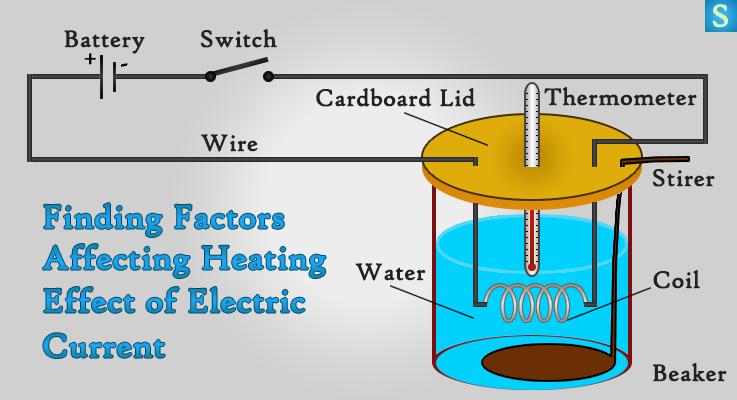Formula
q = i ^ 2RT (general applicable)
q = W = UIT = i ^ 2rt = u ^ 2 / R × T (only for electric heaters)
: i - through the conductor current, unit is ampere (a);
R-conductor resistance, The unit is ohm;
T - current is passed through the conductor, the unit is second (s);
Q - current generated on the resistor, the unit is focus (J ).
Application
On the one hand, the thermal effect of the current can be used for human production and life services. For example, in an incandescent lamp, since the temperature rise of the tungsten wire after power is increased to the extent of white heat, a part of the heat: transformed into light. Emit light. On the other hand, there are some unfavorable factors in the thermal effect of current. When the large current is passed through the wire and the wire is not thick enough, there will be a large amount of heat, destroy the insulation performance of the wire, causing a short circuit of the line to cause electric fire. In order to avoid conducting wire overheating, the relevant department specifies the maximum pass current (safety current) for a variety of different cross-sectional wires. The larger the wire cross section, the greater the current that is allowed. (The smaller the resistance of the conductor, the smaller the current of the conductor, the longer the power-on time, the more remarkable the thermal effect of the current)
related test
[purpose and requirements]

Understand the thermal effect of current and its simple law.
[Instrument and Equipment]
Student Power Supply (J1202 or J1202-1) or dry battery, battery (J1203), fixed value resistor 2 (1 of 5 ohms and 10 ohms), paraffin, match, φ0.31 mm enameled wire 20 cm, and a number of wires.
[Experimental method]
method 1
1. After a layer of wax is applied to the 5-eugenic resistance, what is the phenomenon? Touch the resistor with your hand, is it hot? This means that the current is generated by the conductor.
2. The same wax is applied to the two resistors, and is connected to the 6 volt supply source, which is observed that wax melt is fast, is the resistance or small resistance? Which resistance is large? What is the relationship between the heat generated by the current and the current size,
3. The two resistors are connected in series, the waxing situation is the same, and the wax is faster than the wax on which the resistance is observed, and the resistance is small. When the current intensity is the same, the heat generated by the current is related to the size of the resistance.
4. Apply 10 Euro resistance to a thick wax, which is connected to the 6 volt supply, and the wax is melted after power-on, the more the wax is melted over time, and finally melted. This shows what is the relationship between the heat generated by the current and the length of the energization time.
method 2
1. Take a few turns on a chaser in a chaser line, and then wrap more in another firewashings (the ratio of the number of turns of the line can be 1:10), and the two matches should be separated. The two ends of the enameled wire are connected to the power supply. After power-on, observe which match is first fire. This shows that when the current intensity is the same, the amount of heat generated is related to the size of the resistance?
2. Then use the enamel line to wrap the chaser, first in the 4 volt supply, and record the time used to the match after power-on. Take a match, wrap the same number of turns with the enamel wire, and then record the time used by the match. Compare these two times. When the circuit resistance is constant, the heat generated by the current is related to the passage of the current size?
[Precautions]
1. Due to the large current, the current time is as short as possible, the wax is turned off immediately after the wax is merged.
2. After the match is fired, not only to disconnect the power immediately, but also immediately blow it immediately to prevent the paint of the lacquer line.
